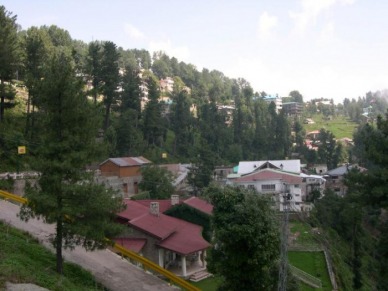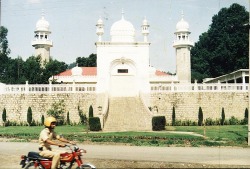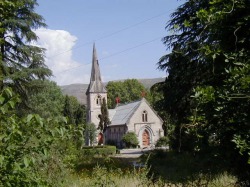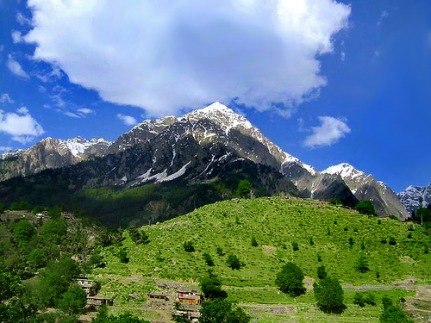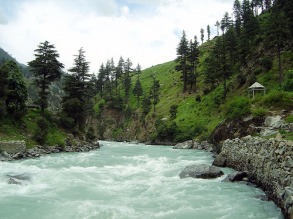
VIEW THE BEAUTIFUL IMAGES OF PAKISTAN's NORTHERN AREAS.
INTRODUCTION.
The northern areas of pakistan are one of the most beautiful spots in the world.It enjoys the possession of 13 out of 30 highest cliffs in the whole world.remarkably K-2 which is the second largest mountain of the world after Karakoram in Nepal.Through this site I will take you to the brief tour of these beautiful areas.








